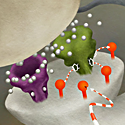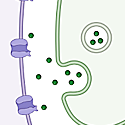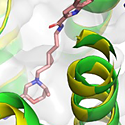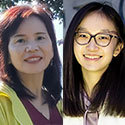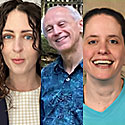Featured Paper of the Month – December 2024
Published in Nature Communications Biology by András H Lékó, Adriana Gregory-Flores and Lorenzo Leggio et al. of the NIDA IRP Clinical Psychoneuroendocrinology and Neuropsychopharmacology Section.
In this study. we investigated whether the deletion of the GHSR gene (GHSR-KO) in rats can prevent or attenuate weight gain caused by a high-fat diet.


